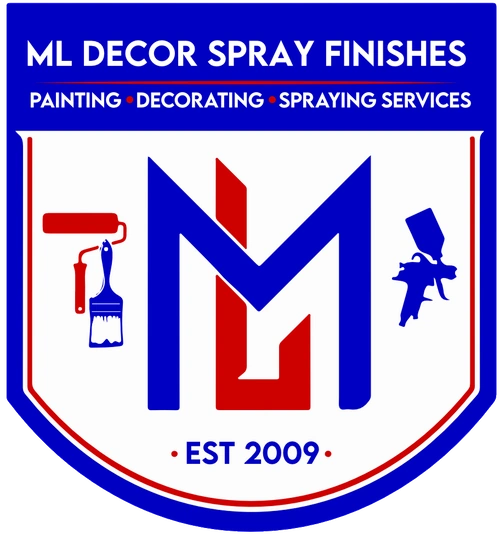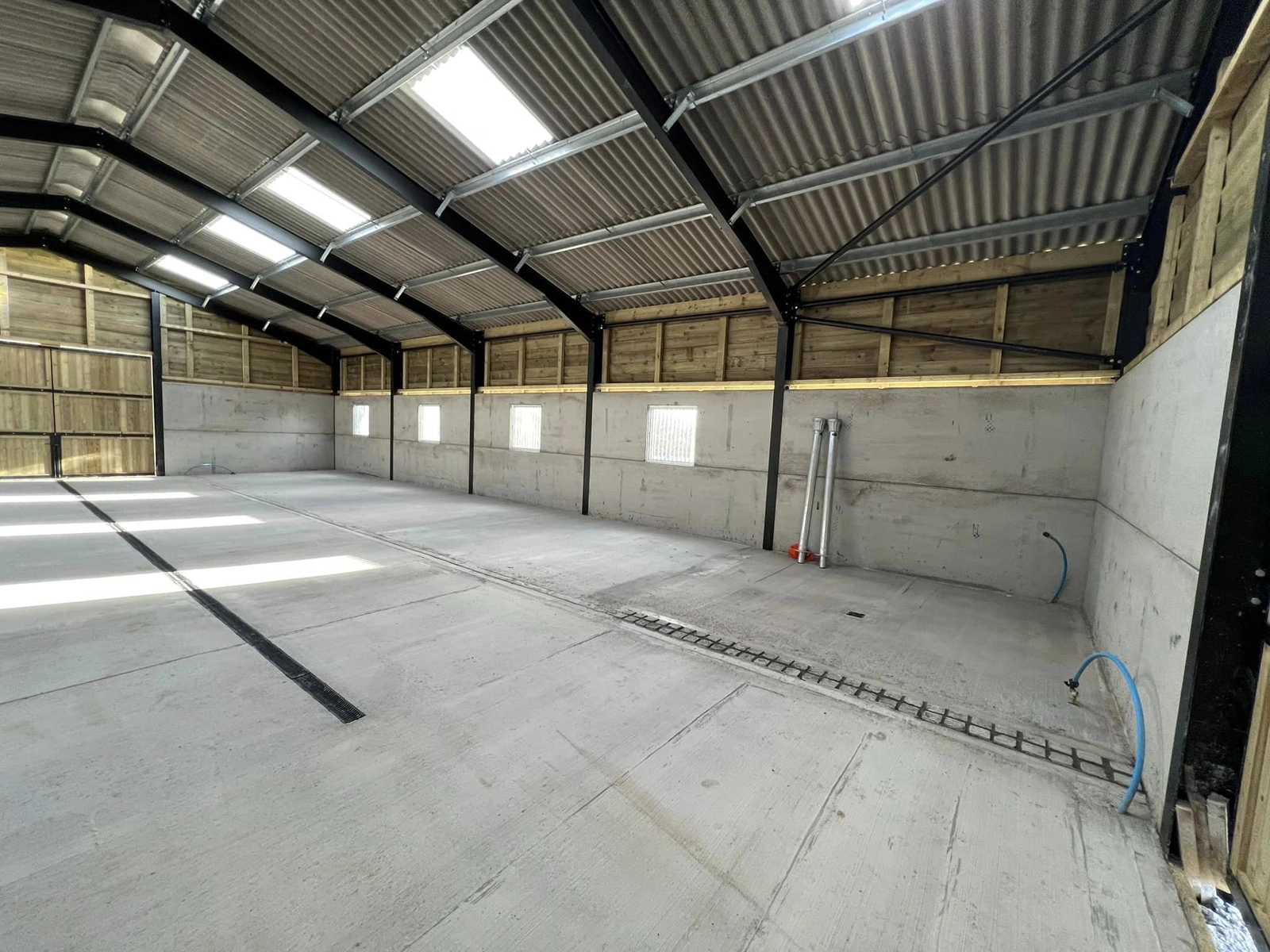Is There A Difference Between Exterior And Interior Paint?
Paint for the exterior of a building is created to withstand severe weather conditions while also being resistant to the growth of mould and mildew, cracking, fading, and chipping. Paint for the interior of a building is also manufactured using ingredients that are less harmful to the lungs. Interior paint is resistant to stains and can withstand being cleaned before being damaged.
So, If you paint the interior of your home with outside paint, would the finish be more durable? If not, is it safe to do so? Let’s take a closer look at the distinctions between painting the interior and painting the exterior of a building to see if we can find the answers to all of your inquiries.
An Overview of Exterior Paint
Paint explicitly designed for use on the outside of various structures is made with ingredients that make it resistant to the elements. , it is constructed to withstand years of direct sunshine without becoming faded or cracking. Also, It is resistant to precipitation, including rain, snow, sleet, and even hail. In addition to this, it is also incredibly durable, which protects your home from chipping and flaking even if branches and other debris are blown against it by the wind.
An Overview of Interior Paint
Paint specifically designed inside a home is known as “interior paint.” It can endure being scrubbed and washed sometimes without becoming damaged. Also, It may have a different level of durability than exterior paint. However, it is not waterproof and cannot take the elements.
Key Differences between Exterior and Interior Paints
Please have a look at the key distinctions that exist between these two primary categories of paint. The only thing they have in common is the ability to alter the colour of the surface they are applied to, but other than that, their similarities end there.
Paint pigments
Paint Pigments give your paint its colour. Organic pigments are used in interior paints, so additional chemicals are not used during manufacturing. The air that you breathe is not harmed in any way by these as they do not emit any offensive odours. However, exterior paints require to be durable as well as they must have the ability to keep harmful substances out. As a result, there will be non-organic pigments inside exterior paints, which can increase the unpleasant odours and fumes. Still, they don’t fade as rapidly as organic pigments can.
Different kinds of binding resins
Epoxy with silicone is typically used for interior painting because acrylic has a reputation for having pungent odours. How effectively it will stick to a surface is directly related to the binding glue used in the paint. Acrylic, which creates a powerful bond that will offer the most significant amount of durability, is the binding resin utilized in exterior colours.
Various kinds of additives
Interior paints don’t require numerous additives as exterior paints do since they don’t come into contact with potentially hazardous circumstances. However, exterior colours must withstand weather conditions, debris, temperatures, and other factors. To assist with this, extra additives are utilized. These additives aid the paint to resist fading, remain flexible in the face of fluctuating temperatures, and even avoid breaking. Mildecides can also be included in exterior colours to prevent the growth of mildew, mould, and algae.
Durability
Paint on the exterior of a building is designed to be durable enough to survive the elements for many years. It is also intended to be robust enough not to interfere with interaction, such as when twigs are blown onto your house through the wind or fly into the wall. Because of this, it has a far longer lifespan than conventional interior paint. However, interior paint is also relatively long-lasting and can resist the scouring and cleaning required occasionally.
Weather-Resistance
Outdoor paints are designed to endure all these elements and have exceptional resilience to the weather. However, interior colours are not expected to withstand harsh or constantly unpredictable climates. As a result, they are susceptible to high temperatures, have little resistance to water, and lose their colour rapidly when exposed to sunshine.
Resistance to the Effects of Physical Trauma
If it receives a direct hit, the paint inside your home will probably chip, revealing either the older paint or the bare wall underneath. Chipping is also possible with exterior paint, but it is considerably more difficult because the resins that bind the colour to the surface are much more powerful.
Adhesion
Paints for the interior or exterior of a building have similar adhesive qualities. Yet, exterior colours have a superior adhesion that allows them to endure adverse weather, a claim that cannot be made about interior paints. Overall, paints designed for the exterior of a building adhere better and remain longer.
VOC Concentrations
VOCs are shorthand for volatile organic compounds, and when burned, they produce vapours that, if inhaled, can be extremely dangerous. Thankfully, the levels of volatile organic compounds (VOCs) in interior paints are deficient, and in many cases, they do not even exist. But colours for the exterior of a building are not. Exterior paints are typically loaded with volatile organic compounds (VOCs) because they are not designed to be used indoors, and these VOCs will outgas into the open air outside. But if it takes place inside, there is a potential threat to people’s health.
Fade Resistance
The sun’s rays are one of the foremost consistent elements that your paint will have to battle with while exposed to the outside. The sun will beat down on it for at least 12 hours on most days throughout the year. That’s a lot of inappropriate touching. The good news is that the chemicals used in outdoor paint are designed to withstand this fading and even shield against the damaging effects of UV rays. Yet, interior paint is not intended to be exposed to sunlight for extended periods. Because there aren’t any extra components to prevent the natural pigments in interior paint from fading, the colour will discolour extremely fast once applied.
The Drying Duration
Paints made with oil are likelier to dry slower than paints made with water. However, colours placed outside in the fresh air will dry more quickly than paints placed indoors with no regular airflow. In conclusion, heat will hasten the drying process of the colour. When considering all of these aspects, outdoor paint will often dry in less time, mainly if it is water-based.
Moist Resistance
The majority of locations see rain regularly. Therefore exterior paint must endure many types of precipitation, including rainfall, severe thunderstorms, essential baths, and more. The colour used inside just needs to withstand the occasional washing. Naturally, this results in the external paint being far more water-resistant.
Temperature Resistance
A paint intended for the exterior of a building is designed to be resistant to a wide range of temperatures. It must withstand the freezing temperatures of winter, the searing heat of summer, and any temperature there. However, interior paint is only designed to be used in a narrow temperature range, often from approximately 60 degrees Fahrenheit to about 90 degrees Fahrenheit, where most people maintain their homes.
Resistance to Scuffing and Scratches
Paint for the interior & exterior of a building offers a similar level of protection against scuffing and scratching. However, when everything is said and done, the endurance of exterior paint emerges victorious. It is unaffected by even much more severe scuffing and can withstand it.
Paint Price
There is a distinction in price between these two kinds of paint. However, it is relatively small. Because it contains more additives and chemicals and lasts longer, paints intended for the exterior of a building are typically the more expensive alternative. Even though it does not provide the same safety and durability level, inside paint is generally less costly than outside paint.
Wrap Up
Although slight differences exist between exterior and interior coatings, the fundamental distinction is in the resin utilized. It’s important to remember that the pigment is only held to the surface by the resin. When choosing exterior paint, the colour must tolerate temperature changes and moisture. Paint on a building’s exterior must be more robust and resistant to flaking, chipping, and fading resulting from the sun. As a result of these circumstances, the resins used in the process of binding external paints must be more flexible.




